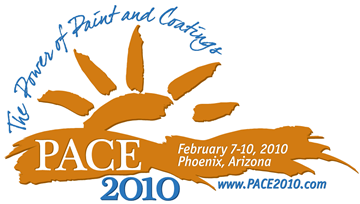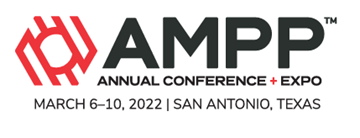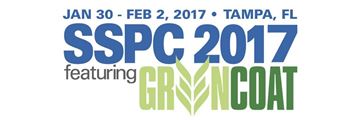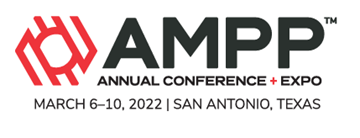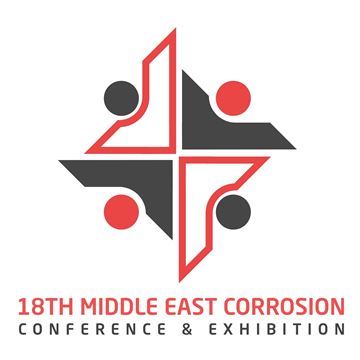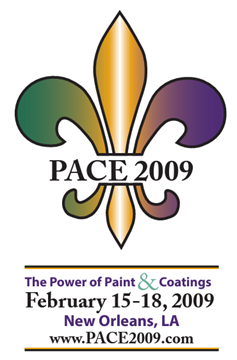Search
Individual Conference Papers
View as
Sort by
Display
per page
Laboratory Testing of Candidate Coating Systems for Protecting A 490 Bolts in One World Trade Center Construction
Product Number:
41210-529-SG
Publication Date:
2010
$20.00
Laboratory Testing Of Corrosion Resistant Alloys In Deep Geothermal Well Environment
Product Number:
51321-16693-SG
Publication Date:
2021
$20.00
Laboratory Testing To Investigate If Coated Pipelines Are Safe For Transportation Of Hydrogen Gas
Product Number:
51322-17832-SG
Publication Date:
2022
$20.00
Lack-of-Fusion-like Root Flaws in Stainless Steel Welds
Product Number:
51317--9111-SG
ISBN:
9111 2017 CP
Publication Date:
2017
$20.00
Ladder Safety - Protecting Workers from a Complex Hazard
Product Number:
51217-051-SG
Publication Date:
2017
$20.00
Large-Scale Pilot Test Leads to Successful Coating Specification and Application in a Major Wastewater Rehabilitation Facility
Product Number:
51323-19033-SG
Publication Date:
2023
$20.00
Laser Cleaning For Surface Preparation For Pre-Weld And Pre-Bonding Applications
Product Number:
51322-18182-SG
Publication Date:
2022
$20.00
Laser Scanning to Evaluate Pipeline Joint (Girth) Weld Quality And Coatability
Product Number:
MECC23-19887-SG
Publication Date:
2023
$20.00
Latest Developments with Solvent-Free Epoxy Coatings
Product Number:
41205-213-SG
Publication Date:
2005
$20.00
Laying the Foundation for an Engineered and Integrated Approach to Pipeline External Corrosion Protection
Product Number:
51322-17962-SG
Publication Date:
2022
$20.00
Lead Contractor Approval Process for Louisiana
Product Number:
41209-467-SG
Publication Date:
2009
$20.00
Lead Stabilizing Additives: From Theory to Implementation
Product Number:
41207-329-SG
Publication Date:
2007
$20.00

